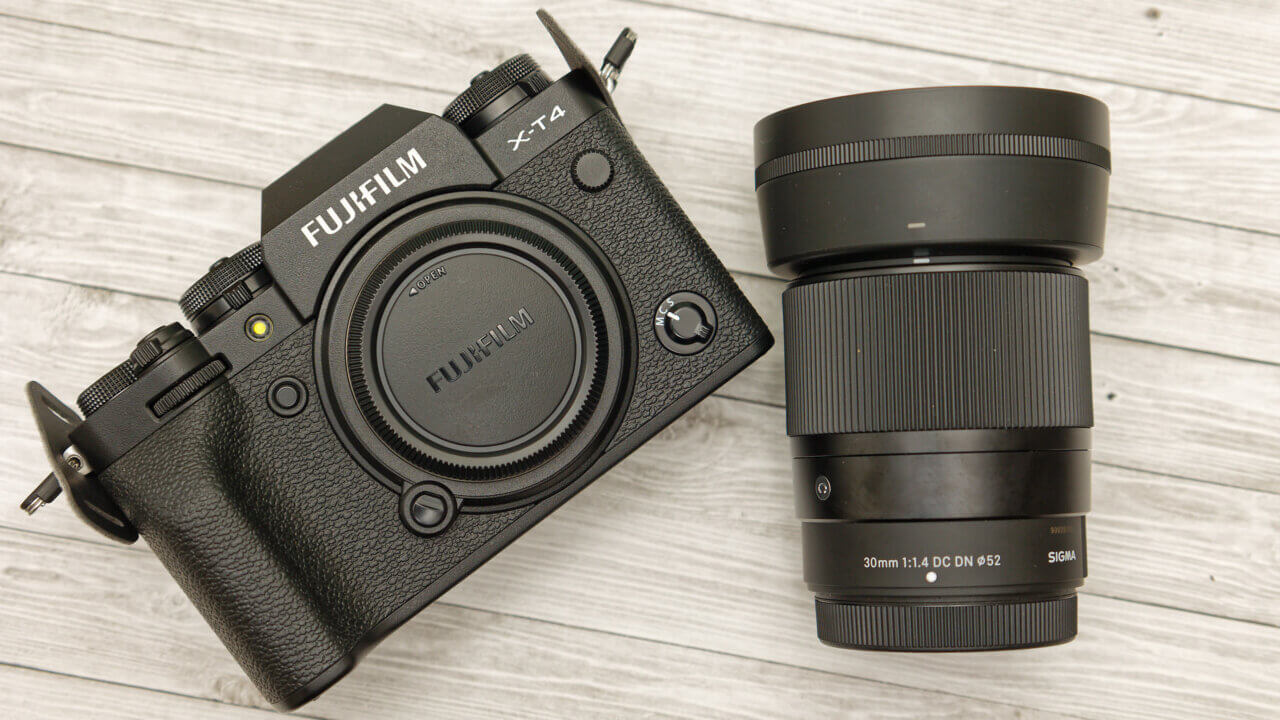
Been waiting for the chance to save on your dream Sigma lenses? For a limited time, you can grab some Full Frame and APS-C lenses at $50 off! Whether you’re shooting with a mirrorless camera or a DSLR, there’s one for you to check out from this sale:
Fast, compact, and lightweight, the 28-70mm f/2.8 DG DN | Contemporary delivers incredible performance in a versatile package, perfect for travel and event photography. Available for Sony E-mount and L-Mount.

Get beautiful bokeh and incredible detail with the sharp and ultra-fast 16mm, 30mm, and 56mm f/1.4 DC DN | Contemporary. Available for Sony E, Fujifilm X, Nikon Z, L-Mount, Canon EF-M, and Micro 4/3 APS-C mirrorless cameras.

DSLR shooters, now’s your chance to save on an essential zoom. Discover the 24-70mm f/2.8 DG OS HSM | Art for full frame and the groundbreaking 18-35mm f/1.8 DC HSM | Art for APS-C.
Sigma Savings: Enjoy $50 off on these Full Frame and APS-C lenses!
- 28-70mm F2.8 DG DN | Contemporary:
$989$939 - 16mm f/1.4 DC DN | Contemporary:
$539$489 - 30mm f/1.4 DC DN | Contemporary:
$419$369 - 56mm f/1.4 DC DN | Contemporary:
$559$509 - 24-70mm f/2.8 DG OS HSM | Art:
$1,429$1,379 - 18-35mm F1.8 DC HSM | Art:
$879$829 (Canon EF/Nikon F); $799 (Sigma SA)
Head over to the Sigma website to grab these lenses for less until August 18th.

